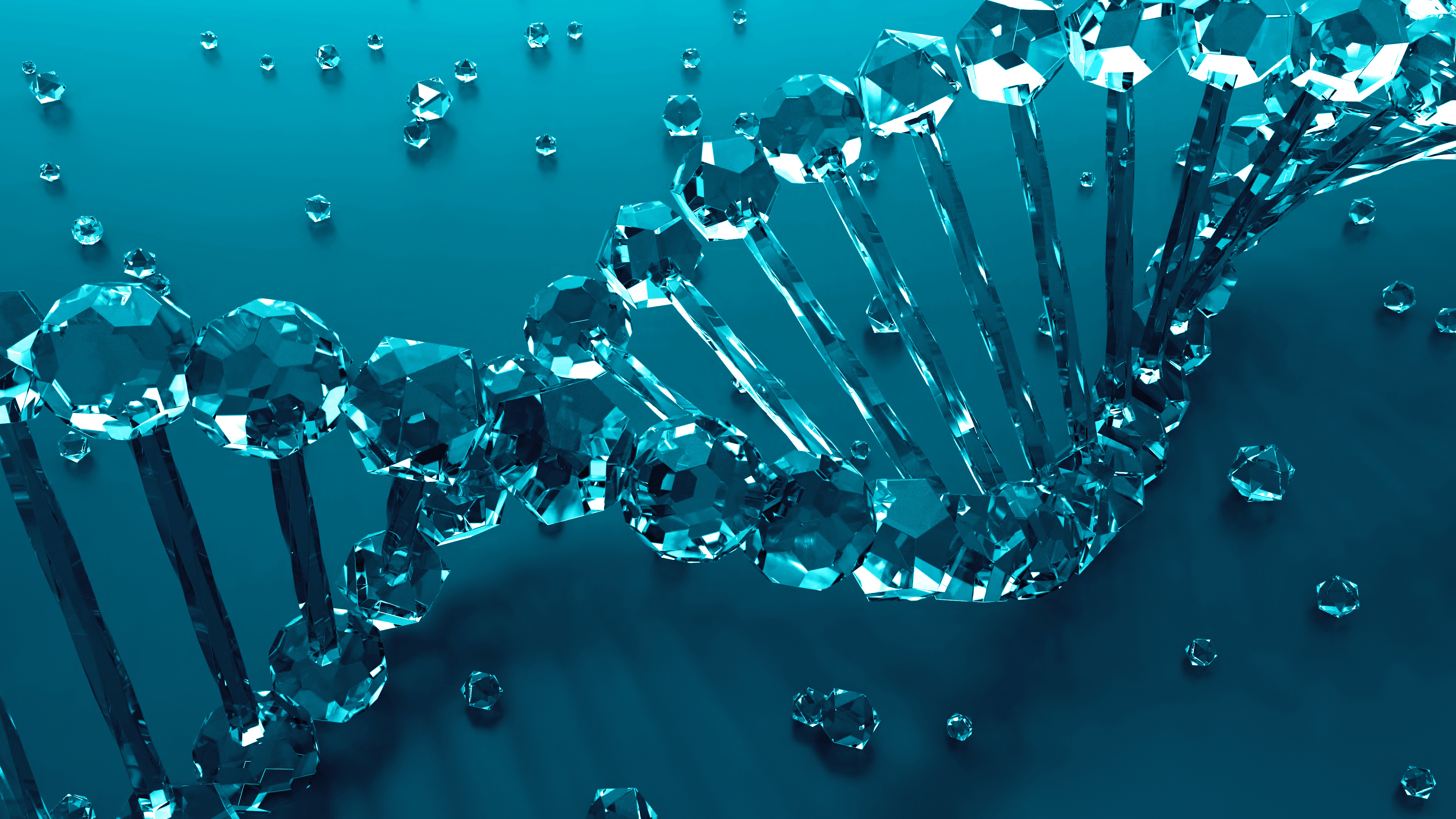
The enzyme DNA primase synthesizes the RNA primers essential to initiate the replication of our genomes.
In 2017, Walter Chazin, PhD, and colleagues, working in collaboration with Jacqueline Barton, PhD, and colleagues at the California Institute of Technology, showed that a unique iron-sulfur cluster in primase acts as a reversible on/off switch for DNA binding, using DNA as a wire to transfer electrons.
Now in the Journal of the American Chemical Society, they report this redox switch is activated by binding to DNA and nucleotide triphosphates, the building blocks for both DNA and RNA. The switch promotes the hand-off of the DNA template to another replication enzyme, DNA polymerase alpha.
Also last month in the Proceedings of the of the National Academy of Sciences, they, along with Katherine Friedman, PhD, showed that eradicating the primase redox switch is lethal in yeast.
These studies support their proposal that iron-sulfur cluster DNA-binding switches connected by DNA wires represent a fundamentally new method of communication between DNA-processing enzymes.
This research was supported by grants from the National Institutes of Health (GM126904, GM118089, GM080320, GM007616, GM040120, GM123292) with additional support from the Moore Foundation and a Ralph M. Parsons fellowship.




